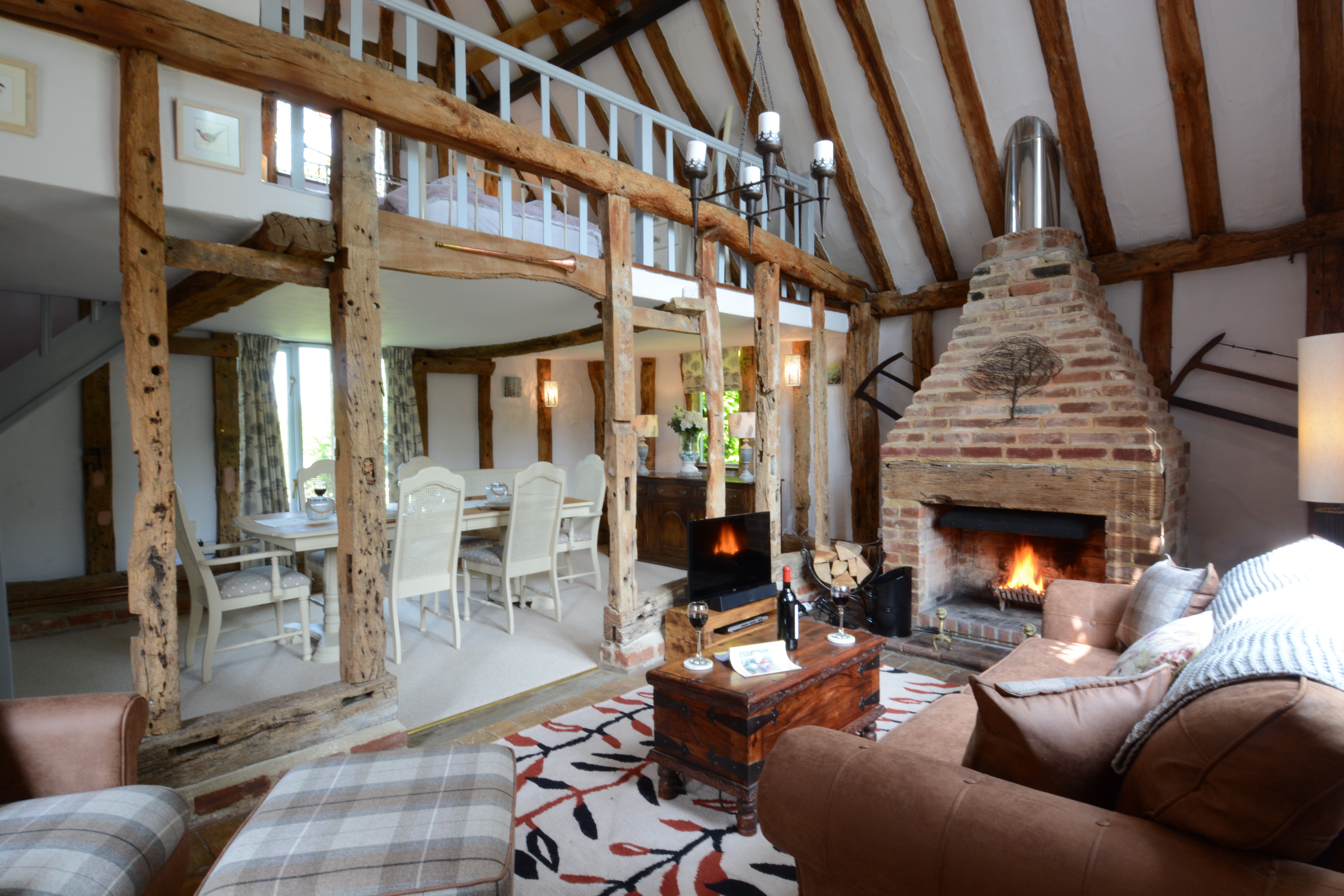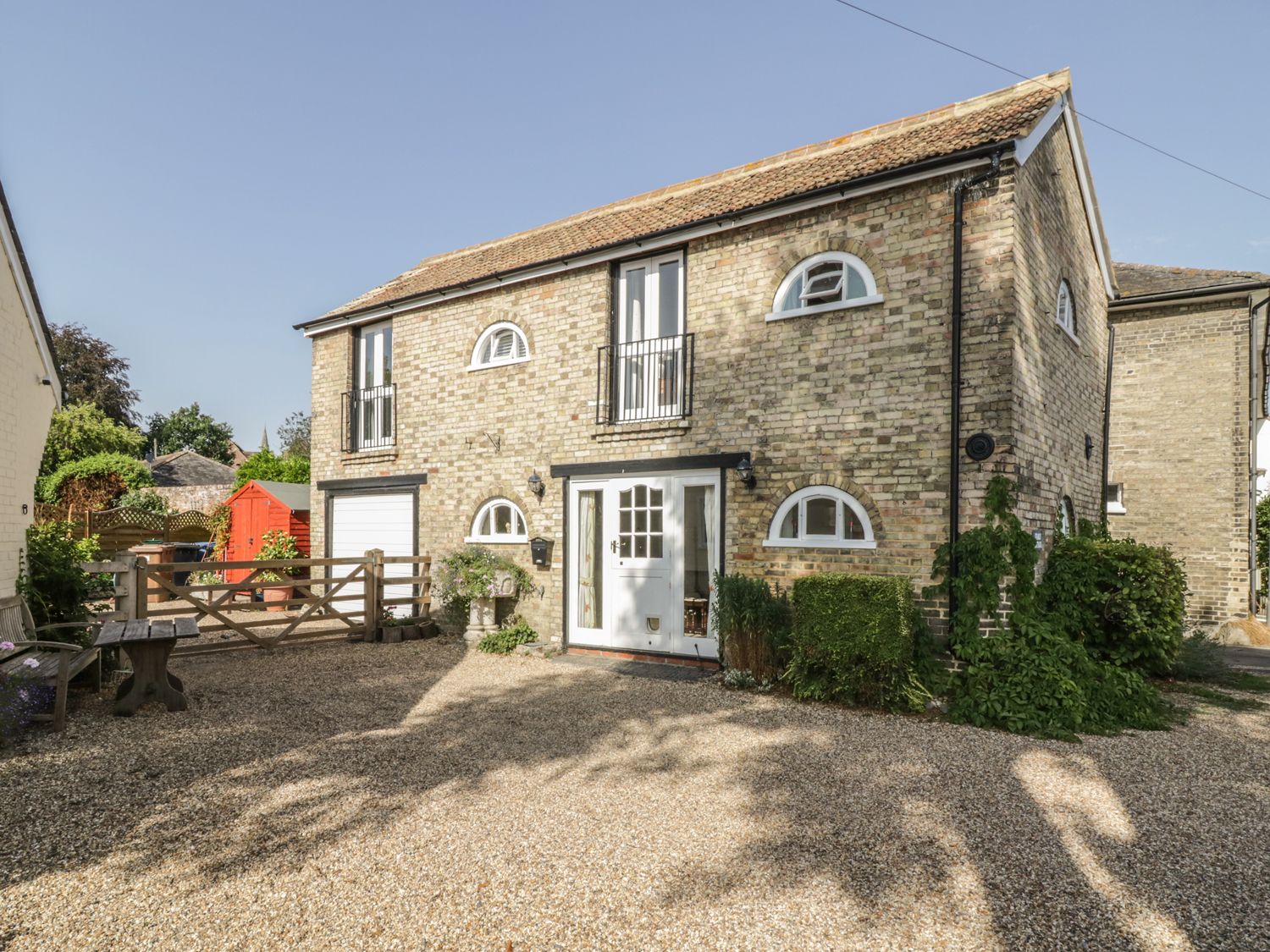Covehithe
See it Before it Disappears!
Covehithe is a tiny village, or hamlet, along the North Sea coast between Southwold and Lowestoft. The village sits approximately a quarter of a mile (400 metres) away from the edge of the golden sandstone cliffs on one of England’s fastest eroding coastlines. The action of the sea and stormy weather are washing the cliffs away at a rate of about five metres per year, meaning that the village will fall into the sea within eighty years. Some predictions suggest it may be much sooner!
Losing villages to the sea is nothing new. Just along the coast from Covehithe, the medieval village of Dunwich was lost during a bad storm and resulting coastal erosion way back in the 13th century - and back then Dunwich was an international port, the capital of the Kingdom of East Anglia, and had a population in the thousands!
About Covehithe
At the time of the Doomsday Survey in 1086, Covehithe village was listed as Nordhalla or Nordhals and had around 15 homes, much the same number of households recorded in the 2011 consensus!
Archaeological evidence suggests people inhabited this area for a long time, as there are signs of a Roman road and enclosure with pottery finds, as well as Saxon finds around St Andrews Church.
By the 13th century, Covehithe was a prosperous small town and was given special permission by King Edward I to hold an annual fair on the feast day of St. Andrew (30th of November). The town had taken its new name from the largest landowners, the de Cove family who also had a quay (or hithe) for sea trade.
 Mill Lane Disappearing into the North Sea © essentially-england.com
Mill Lane Disappearing into the North Sea © essentially-england.comSo, what was our interest in cycling to this small, out of the way farming hamlet during a Suffolk holiday? Well, we were keen to see the quirky St. Andrew’s Church, which is a church within a church.
While prosperous in the Middle Ages, by the 17th century, Covehithe was in decline and the parishioners could no longer afford to maintain its large medieval church dating from the 14th and 15th centuries. In 1672 they obtained permission to remove the roof and use the materials to build a new, and much smaller, church within the shell of the old church.
It might have been easier to dismantle the old church completely, but ... the tall tower of the old church tower was used as a beacon to
help sailors identify their location along the Suffolk coastline, so demolishing it was out of the question. In addition, the tower and thick outside walls of the old church protected the new, smaller building from the worst of the
weather.
 St. Andrew's Church in Covehithe © essentially-england.com
St. Andrew's Church in Covehithe © essentially-england.comAnd that’s what we see today. A small, 350-year-old church with a thatched roof settled within the ruins of a larger, older church. It’s quite a sight and the small church is still in use!
What
surprised us was by how much the original church dwarfed the little thatched church. In its day, the
older church would have been a very impressive building, and visible for miles!
 St. Andrew's Church © essentially-england.com
St. Andrew's Church © essentially-england.comThe inside of the new church is simple and serene. Dark beams and walls painted white. There are several 15th century items including a carved octagonal font and some of the wooden pews. The overall feeling was one of simplicity and peace.
For more information about St. Andrews Church and events please refer to the Churches Conservation Trust website here.
 Inside St. Andrew's Church © essentially-england.com
Inside St. Andrew's Church © essentially-england.comNot far from the church lies Covehithe Beach, listed by a national newspaper as one of best secret beaches in England. We got views from the cliff top but didn’t venture down as bikes and sand don’t mix too well. Apparently, the beach walk between Covehithe and Southwold is very special.
After taking in the glorious beach views, we remounted our tandem and pedalled off to our next stop. Thank you Covehithe, we really enjoyed the peace and tranquillity of our visit. Unfortunately, one day you’re going to disappear…
 The View Towards Southwold from the Cliffs © essentially-england.com
The View Towards Southwold from the Cliffs © essentially-england.comAre You Planning to Visit Suffolk?
Where You Could Stay
Suffolk is a tranquil county and a treasure trove of history to boot. Many treasures have been lost to the sea - a whole Roman town amongst them - but equally much remains and is worth exploring. Holiday cottages in Suffolk make a great base. You can easily reach the market town of Beccles with restaurants and antique shops, and the seaside resorts of Lowestoft, Southwold, Walberswick and Aldeburgh are close. Dunwich Heath and Dunwich Forest are ideal if you like to walk or ride. And the tiny, quiet lanes in this part of Suffolk are wonderful for cycling.
To see other holiday cottages in Suffolk click here. Or check out holiday cottages in other parts of England by clicking here.
If you need to find a hotel, then try one of these search platforms...
What You Could See and Do
Here are a few attractions that should make it onto your must-see list when you're staying in one of the many wonderful holiday cottages in Suffolk.
- Bury St. Edmunds: Only one of England's kings has ever been martyred for his faith and that was Edmund, King of the Angles, who is entombed in Suffolk's only cathedral. Incidentally, St Edmund was once England's patron saint, until he was replaced by St. George in the 13th century.
- Sutton Hoo: One of England's greatest Anglo-Saxon treasures can be found on the edge of the busy little town of Woodbridge: a complete boat burial, believed to be that of the East Anglian King Raedwald. The boat, of course, did not survive, but the many everyday items and the famous golden helmet make this an Anglo-Saxon treasure you simply have to go and admire.
- Framlingham Castle: Following the Battle of Hastings and his coronation, William the Conqueror richly rewarded the men who had supported his bid for the English throne. Roger Bigod, 1st Earl of Norfolk, acquired most of East Anglia. Framlingham Castle, still dominating the skyline of this friendly little market town, was one of the strongholds he built to secure the lands he was given.
In addition to all the history, the Marshes at Walberswick and the Minsmere bird sanctuary are great for birdwatching and don't forget to visit Southwold, a
quintessentially English seaside town complete with colourful beach
huts, a lovely restored pier and some of the best fish and seafood
you'll find anywhere.
And anyone interested in Suffolk's vanishing history will no doubt visit Covehithe and Dunwich.
Ready to learn more about England?
Return to the Suffolk page from our Covehithe page.








